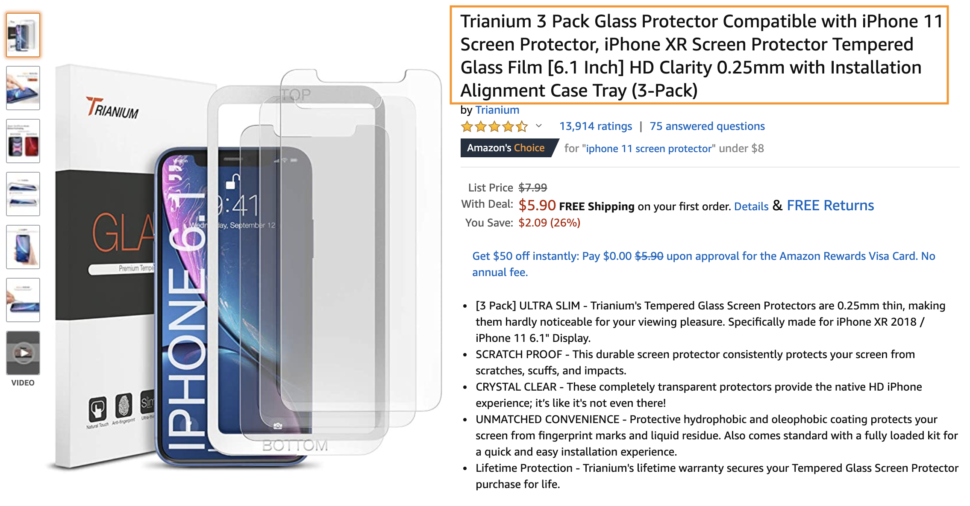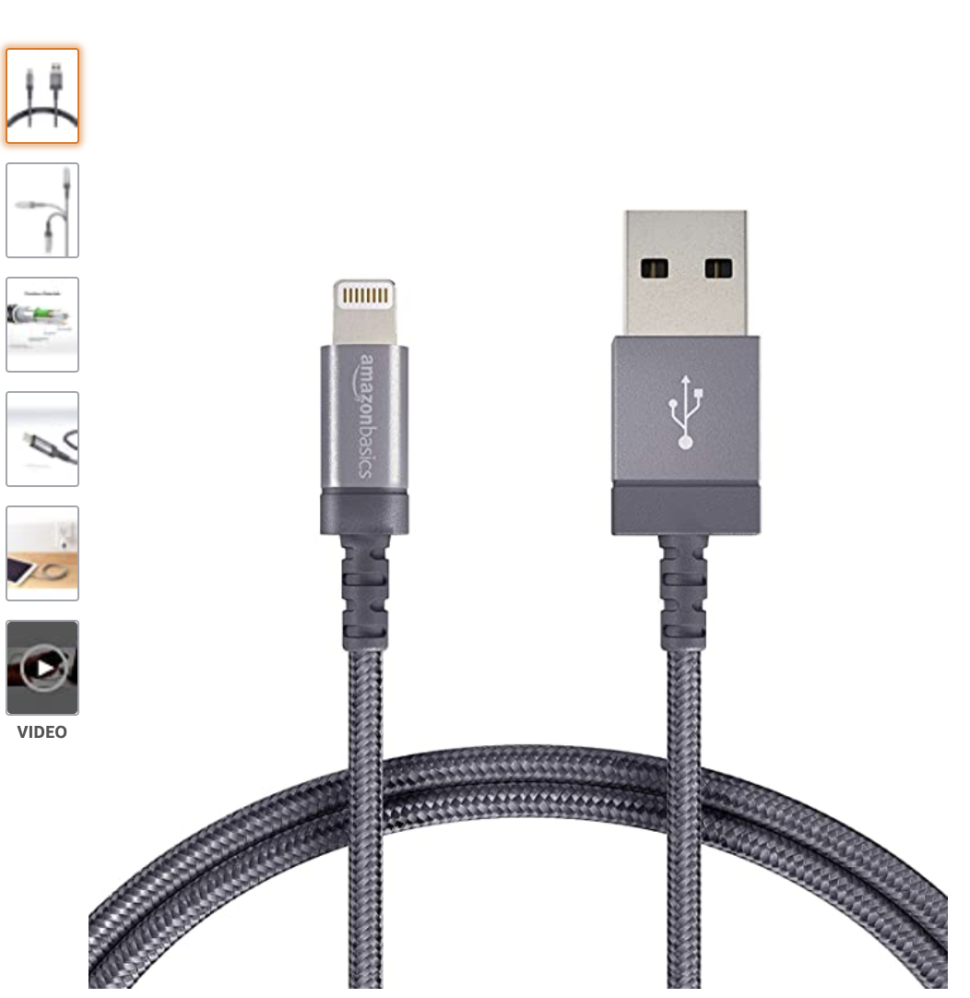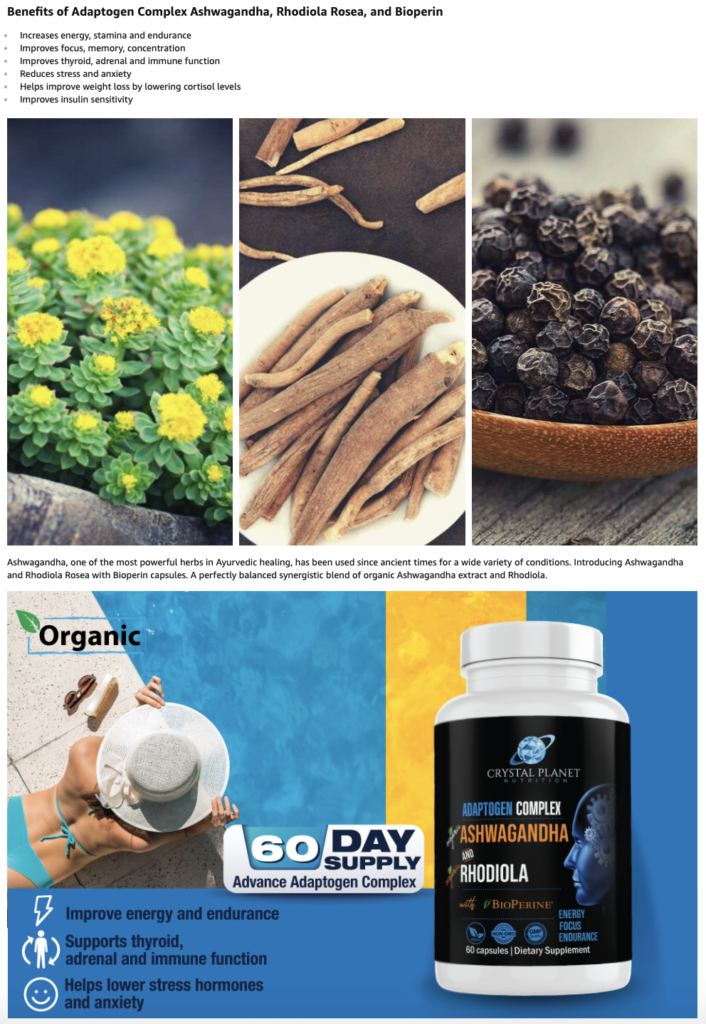Editor’s Note: Thanks to ZonGuru’s Eugene Cheng for this guest post on how to optimize your Amazon listing.
If you want to build a successful Amazon brand, it’s important to find a profitable product to sell. But that’s just one piece of the work you’ll need to do to get your business up and running. A fabulous product won’t sell if no one can find it. That’s where Amazon search engine results page (SERP) optimization comes in.
To get your product in front of the right eyes, you need to know how to nab a top spot on the Amazon SERPs.
How does Amazon SEO work?
Amazon’s A10 algorithm crawls Amazon and looks for keywords, conversions, reviews, and a sales history that matches a shopper’s search term. If you want to see your product at the top of the Amazon search results page, it’s important to take a closer look at what the Amazon algorithm loves.
9 ranking factors that influence the Amazon algorithm
Amazon’s A10 algorithm focuses on customer behavior and product relevancy. If your product sells more and has a high number of positive reviews, your product will stand out from your competitors.
The A10 algorithm emphasizes relevancy more than sales driven by Amazon Sponsored Ads. That being said, it is still important that you run ads on Amazon to gain real estate on Amazon’s search engine results page (SERP).
1. Keywords
Keywords are the heart of Amazon SEO. But the keywords to focus on are different than the ones you’d use for Google, Bing, and YouTube—the other top search engines in the world. That’s because Amazon’s search engine is there for one reason: to connect shoppers with items sold on the e-commerce powerhouse.
We used the Ahrefs keyword research tool to find a good example of this difference. If you enter a search term like “new puppy” into Ahrefs and select “Google” as the search engine of choice, the top 10 keywords include:
- New puppy checklist
- New puppy
- Crate training a puppy
- Crate training new puppy
- How to introduce a new puppy to your dog
But if you enter the same “new puppy” keyword into the Ahrefs keyword research tool and select “Amazon” as the search engine, you’ll get these keywords in the top 10:
- New puppy supplies
- New puppy gift basket
- New puppy starter kit
- New puppy toys
- New puppy book
People search Google primarily for information. Yes, Google can point you in the direction of products to buy, but it’s not an e-commerce platform like Amazon.
Search queries on Amazon, on the other hand, are 100% shopping-focused. So if you sell puppy toys, you’d obviously want to incorporate the new puppy toys keyword into your product listing.
You can use a keyword research tool like Ahrefs to find terms that’ll bring shoppers to your Amazon storefront.
2. Conversion rate
Since Amazon wants shoppers to find products that matter to them, your conversion rate is important. A conversion rate is the percentage of people who, after viewing your product, make the decision to buy it.
A good conversion rate on Amazon is at least 10-15%. As in, 10-15% of the people who view your product go ahead and make a purchase.
As your conversion rate improves, so will your rank on the Amazon SERPs.
3. Customer Reviews
Ah, reviews. These coveted little nuggets of social proof let the Amazon search engine know whether or not people like your product.
Most items at the top of Amazon SERPs have positive reviews with four or five-star ratings. It’s okay to have a handful of three, two, and even one-star reviews too, though.
No item is 100% loved by everyone, and shoppers and the Amazon A10 algorithm will get suspicious if you only have positive reviews.
4. Sales history
The more units you sell to Amazon customers, the higher your search rankings. Amazon looks at the entire sales history of your product to determine how to rank your product organically.
Make sure you don’t run out of inventory when things are going well for your brand. Keeping things in stock helps you maintain a strong product ranking.
5. Impressions
Impressions are the number of times your product has been viewed on Amazon and partner sites. The more views on your product detail page, the higher the rank.
This point is also self-fulfilling: The higher you rank, the more views your product listing will get.
6. Seller authority
This metric refers to your seller performance, which is affected by a number of factors. They include seller feedback ratings, the amount of time you’ve been selling, and the number of products in your catalog.
A healthy seller profile is as important as other ranking factors, like product reviews and even keywords. Without a high-quality reputation as a seller, you risk sales.
7. Click-through rates (CTR)
The higher your percentage of clicks from the Amazon search engine results page, the higher your listing ranks. One of the main drivers of CTR is your product’s main image. Amazon customers want to see what you’re selling, and they want a high-quality image to boot. (Note: Curious on how PickFu can help with amazon main image optimization? Check out our related article!)
Make sure your photo is attractive and grabs the customer’s attention. Split-test your product images using PickFu to identify the best main image to use.
8. Off-site sales
Amazon loves it when you drive outside traffic to your Amazon product listing. Even though using Amazon advertising techniques like sponsored products can be helpful, sales generated from outside traffic outweigh these efforts.
Consider using Google search engine optimization and pay-per-click (PPC) ads to drive traffic from outside sources onto the Amazon platform.
9. Organic sales
Organic sales are when someone buys your product directly from organic search results rather than a sponsored listing. The more organic sales you make, the higher your product ranks.
How to optimize your Amazon listing
If you take a closer look at those nine ranking factors, you’ll notice that they all boil down to one thing: user experience. Amazon wants its users to find products that are useful and meaningful to them.
So the first thing to do before you start optimizing your listing is pick a high-quality product your target audience will love.
Once you’ve done that, it’s time to focus on strategies that improve all of your ranking factors.
Keywords and keyword placement
When customers search for products, they type keywords or use an Amazon-suggested keyword term. Long-tail keywords tend to be more specific while short-tail keywords broadly describe a product or its category.
Focus on both long-tail and short-tail keywords. Compile a list of relevant keywords with a range of high and low search volumes into a spreadsheet and proactively update it. That Ahrefs tool comes in handy here.
To learn more about finding relevant keywords for optimization, download this SOP for building your list of long- and short-tail keywords. When it comes to placing your keywords within your copy, make sure you’re not keyword stuffing. Each keyword should be used just once and should be highly relevant to the product.
You should also take advantage of Amazon’s backend keyword feature. These hidden keywords are only visible to your eyes—and the Amazon search engine crawlers. They show up on the Amazon search indexes, but buyers can’t see them.
Amazon allows you to enter up to to 250 bytes’ worth of backend keywords to a listing through your Amazon Seller Central page.
Product title
Your product title is 90 cents on the dollar, as it counts for 90% of success when trying to sell in the Amazon marketplace. The product title tells A10 exactly what your product is and whether the item is what customers are looking to purchase.
A few basic dos and don’ts when crafting your product title
- DO capitalize the first letter of each word except for prepositions.
- DO use abbreviated measurements (caps, lbs, oz).
- DO use numerals for quantities (20, 250, etc).
- DO include important details (size, weight, color, flavor, etc).
- DO keep your title concise and accurate, nothing more.
- DON’T use all caps.
- DON’T use promotional phrases (sale, bestseller, discount, etc).
- DON’T use characters for decoration ($, &, #, etc).
- DON’T exceed 200 characters, including spaces.
- DON’T include your seller’s name.
Follow the formula below to craft a compelling product title:
[Brand] + [Keyword/Product Type] + [Feature #1] + [Feature #2] + [Feature #3] + [Benefit] + [Color, Size etc]
Include up to three features depending on the character limit.
Product images
The product title puts your product in front of potential customers. The main product image gets them to click on your listing.
Amazon is particularly strict when it comes to your main image. Always follow Amazon’s image requirements to avoid your account being suspended. Be sure your image is at least 1,000 pixels wide or tall so that it is zoomable for customers.
Bullet points
Bullet points are key features of your product. Keep each point concise, personable, and informative. Remember to incorporate keywords that you didn’t already use in your product title here, too.
Main description
One of the key digital marketing best practices when it comes to Amazon is product listing optimization. Your product description should include detailed information about your product. It should help your target audience overcome any buying resistance they might have.
Brand name registered sellers have the privilege to use A+ content to describe product features by including a unique brand story, enhanced images, and videos.
If you are not approved to use this enhanced brand content, make sure to use HTML so your description is formatted correctly and doesn’t look unreadable.
Strong copywriting will remove customer doubts, trigger their emotions, and convince them to make a purchase. When writing your copy, include universal motivation words such as happy, popular, security, and freedom.
10 components of Amazon copywriting
- Headline: What will grab a customer’s attention?
- Describe the problem: What are your customers’ pain points?
- Provide your solution: How can your product solve the pain points?
- Credibility: What sets you apart from your competitors? Is it the product price? Quality?
- Benefits THEN features: What can your product do for customers?
- Social proof: What do happy customers say?
- Your offer: What product bundles or promotions are you offering?
- Guarantee: How can you remove the risk of purchasing?
- Scarcity: What is the end date of your promotion? Is there a limited quantity available?
- Call to action: What should customers do now?
Five final tips to make the Amazon search algorithm happy
- Use proper grammar and punctuation across all your copy.
- List company-specific information and details about other products you sell.
- Focus on a maximum of 25 keywords. Don’t keyword-stuff your listing.
- Write a unique description. Do not use a cookie-cutter template.
- Split test your Amazon listing.
A well-optimized Amazon listing separates the winners from the losers. So take a look at your listings. There’s almost certainly something, if not several somethings, you could do to make them better.
Invest resources into optimizing your listings to beat your competitors on Amazon SERPs and increase your sales.
In case you missed it, download the SOP on how to build your list of long-tail and short-tail Amazon keywords for Amazon SERP optimization.
Eugene Cheng is part of ZonGuru’s business development team, an Amazon business consultant, and a blockchain enthusiast. ZonGuru is an all-in-one private label seller toolkit to provide sellers with powerful data insights and automation to grow and scale their business.








